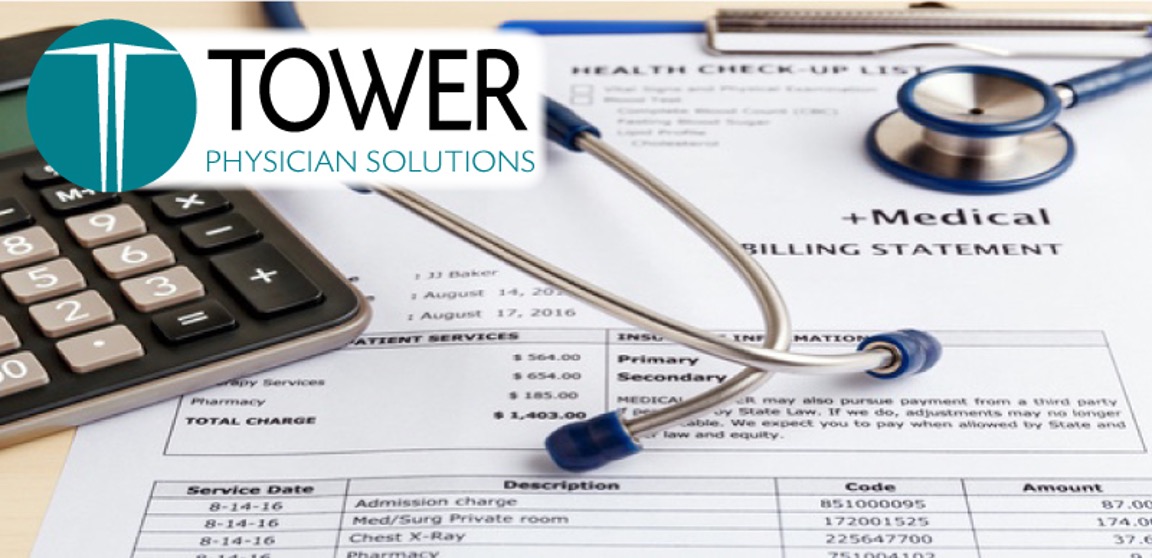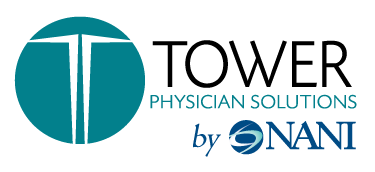
Maximizing Revenue: Proven Strategies to Ramp Up Medical Practice Billing and Collections
May 17th 2024
In today's rapidly evolving healthcare landscape, medical practices face numerous challenges in ensuring efficient billing and collections processes. From navigating complex insurance regulations to managing patient payments, optimizing revenue streams requires a strategic approach. Fortunately, there are several proven strategies that medical practices can implement to ramp up their billing and collections efforts and maximize revenue. Let’s explore actionable tips to help medical practices enhance their billing and collections processes.
2. Verify Insurance Eligibility and Benefits: One common reason for delayed or denied claims is inaccurate insurance information. To prevent these issues, it's crucial to verify patients' insurance eligibility and benefits before providing services. By confirming coverage details, including co-pays, deductibles, and coverage limits, medical practices can avoid claim denials and ensure accurate billing. Utilizing automated eligibility verification tools can streamline this process and minimize errors.
3. Optimize Coding and Documentation: Accurate medical coding and documentation are essential for maximizing reimbursement and minimizing claim denials. Medical practices should stay updated on coding guidelines and ensure that all services provided are properly documented. Regular training for staff members involved in coding and documentation can help maintain compliance and accuracy. Additionally, conducting regular audits can identify coding errors or documentation deficiencies and address them promptly.
4. Streamline Claims Submission: Timely claims submission is critical for accelerating revenue collection. Medical practices should establish efficient workflows for claims submission, ensuring that claims are sent promptly after services are provided. Utilizing electronic claim submission options can expedite the process and reduce the risk of errors associated with manual submissions. By streamlining claims submission workflows, practices can improve cash flow and minimize revenue cycle delays.
5. Implement Clear Patient Payment Policies: Transparent patient payment policies are essential for promoting upfront collections and reducing outstanding balances. Medical practices should communicate payment expectations clearly to patients, including co-pays, deductibles, and any out-of-pocket expenses. Offering convenient payment options, such as online payment portals or payment plans, can encourage prompt payment and reduce billing inquiries. By establishing clear payment policies, practices can enhance patient satisfaction and optimize revenue collection.
6. Conduct Regular Follow-Up on Outstanding Claims: Unpaid or denied claims can significantly impact a practice's revenue stream. Medical practices should establish a systematic process for following up on outstanding claims, identifying the root causes of denials, and resubmitting or appealing as necessary. Utilizing automated reminders and workflows can help ensure that follow-up tasks are completed promptly and consistently. By proactively addressing unpaid claims, practices can minimize revenue leakage and maximize collections.
7. Monitor Key Performance Indicators (KPIs): Tracking key performance indicators (KPIs) is essential for evaluating the effectiveness of billing and collections efforts. Medical practices should regularly monitor metrics such as days in accounts receivable (AR), percentage of claims denied, and collection rate. Analyzing these KPIs can provide valuable insights into the health of the revenue cycle and identify areas for improvement. By setting performance goals and tracking progress over time, practices can optimize their billing and collections processes for maximum efficiency and profitability.
Optimizing medical practice billing and collections requires a multifaceted approach that combines technology, process improvement, and proactive management strategies. By implementing the seven strategies outlined in this blog post, medical practices can enhance their revenue cycle management processes, accelerate collections, and maximize revenue potential. By prioritizing efficiency, accuracy, and transparency, practices can position themselves for long-term financial success in an increasingly complex healthcare environment.
Our mission is to increase reimbursement to our clients through high-quality medical billing with expertise, integrity, and compassion.
For more information about Tower Physician Solutions, please visit https://towerps.com

